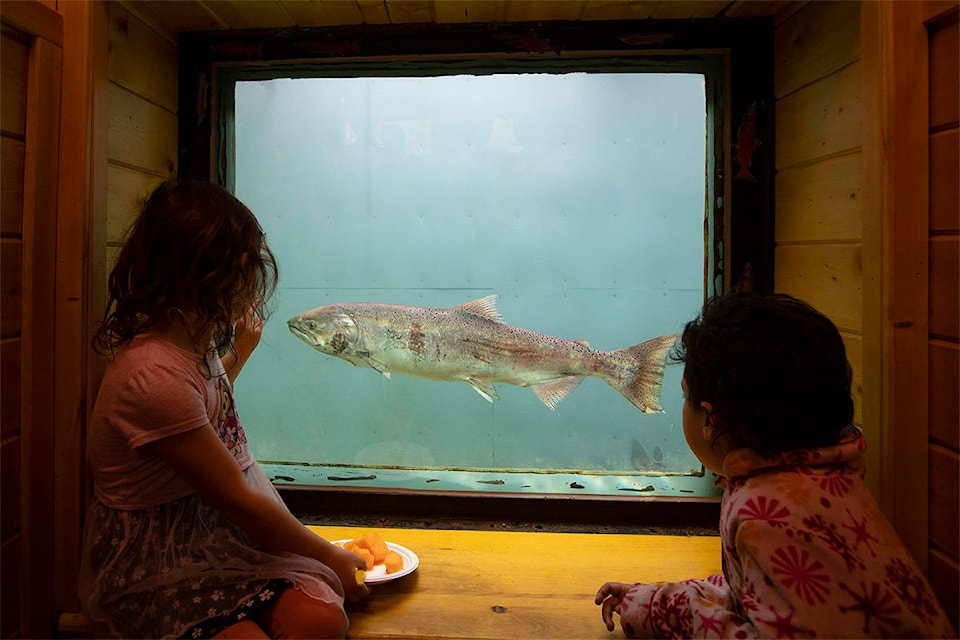Fisheries and Oceans Canada has forecasted a largely below-average season for salmon on the Stikine, Taku and Alsek Rivers, according to a notice posted earlier this month.
Total Chinook runs on both the Stikine and Taku are forecasted to come in below the escapement goal range, while Chinook on the Alsek may narrowly make the goal.
The federal department is forecasting a run of 13,400 Chinook on the Stikine (escapement goal of 14,000 to 28,000); 12,400 on the Taku (19,000 to 36,000); and 4,700 on the Alsek (3,500 to 5,300).
For Klukshu Chinook, specifically, fishery manager Bill Waugh said in a Feb. 25 interview that the department has forecasted a run of 1,200, with an escapement goal of 800 to 1,200.
Sockeye runs are forecasted to meet escapement goals on the Stikine and Alsek. A goal has not yet been set for the Taku.
Reliable forecast data is not available for coho, although Waugh said the department was “hopeful” for a slightly-better-than-average run.
While it’s too early in the season to make management calls, Waugh said he anticipates the overall strategy on the Alsek — which sees the most activity in the Yukon out of the three — will be similar to 2019’s.
“We’re likely to have a salmon-angling closure to start the season and that will probably run through to the middle of August … It’ll primarily be designed to protect returning Chinook salmon if they are kind of indeed just at the upper end of the escapement goal range and then the opportunity then will be to switch to maybe sockeye fishery of maybe even expand into a Chinook fishery depending if things return better than expected,” he explained.
Klukshu Chinook runs historically numbered about 2,000 fish. In recent years, that average has dropped to 1,500.
